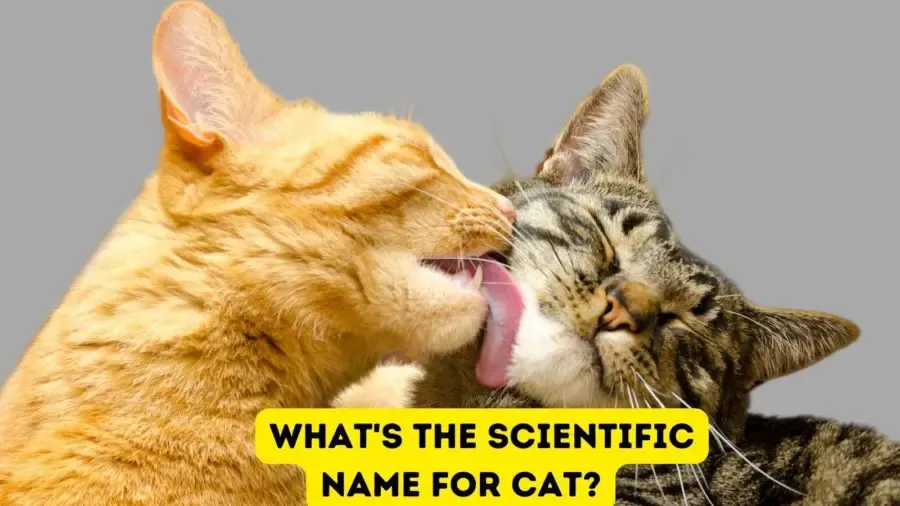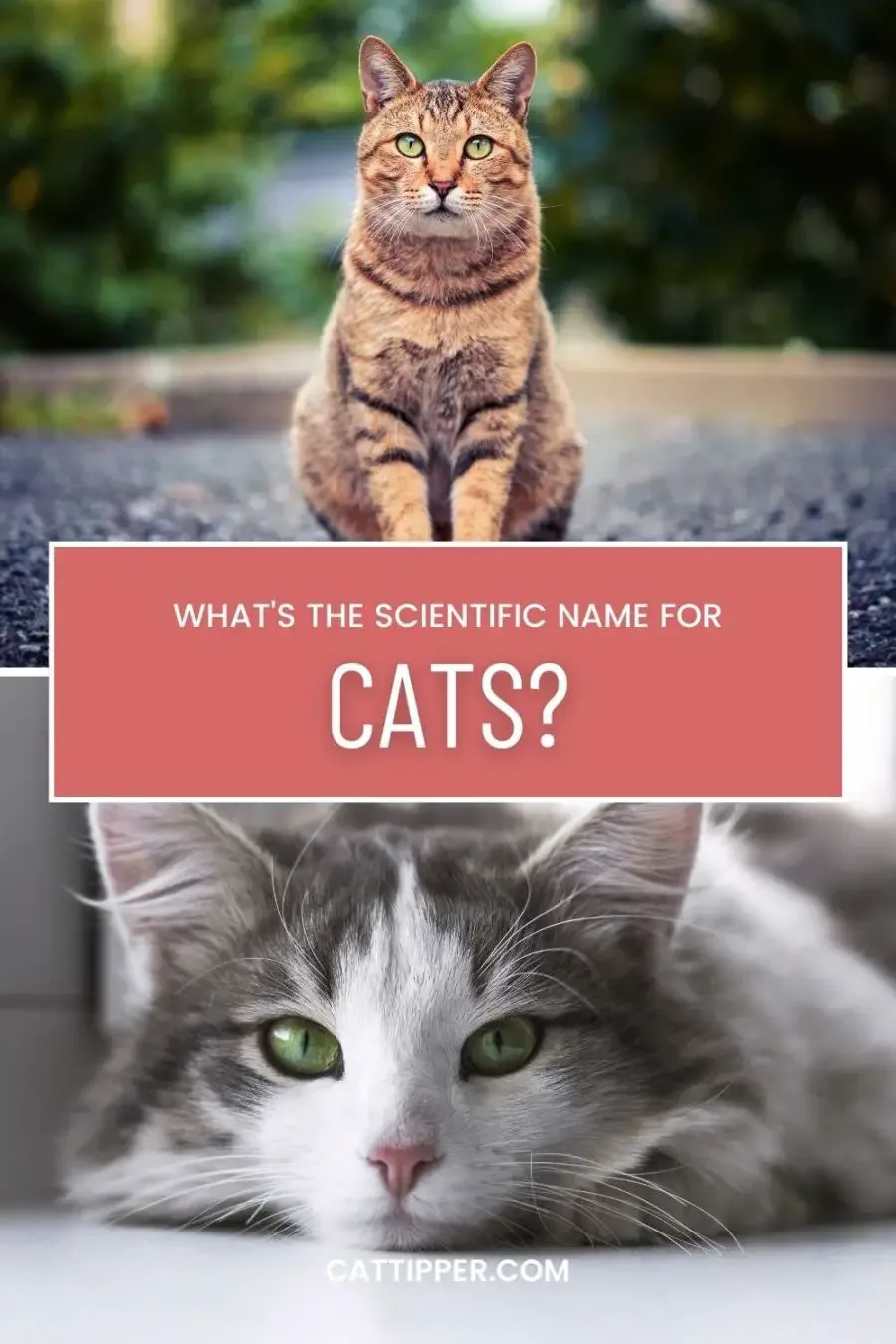While you may lovingly refer to your feline friend with an array of charming nicknames, it’s fascinating to know that there exists a single universally accepted scientific name for the domestic cat. What’s the scientific name for housecats? Let’s unravel the mystery.

Felis catus: The Scientific Name of Domestic Cats
Just as we belong to the species Homo sapiens, and dogs are classified under Canis lupus familiaris, the domestic cat holds its unique title in the realm of scientific nomenclature: Felis catus.
Scientific names serve as a universally standardized system, ensuring that researchers across the world can accurately discuss different species, unhindered by the potential confusion of common names that differ across cultures and languages.
The name Felis catus is an example of binomial nomenclature, an idea birthed in the 18th century by the renowned Swedish botanist, Carl Linnaeus.
Per (or should that be purr?) this system, species are given a two-part name: the genus comes first (always capitalized), followed by a specific epithet (always in lowercase). This naming system is always italicized or underlined.
Dissecting the Name: Felis catus
Let’s look closer at the scientific name of the cat:
- Felis: Felis is the genus, which includes several smaller and medium-sized cats. It’s not limited to our housecats but also encompasses wildcats like the European wildcat (Felis silvestris). And if you’re wondering, large cats like lions and tigers are not in the genus Felis but instead in the genus Panthera.
- catus: Catus is the specific epithet that sets the domestic cat apart from other species within the Felis genus.
The Domestic Cat’s Evolutionary Tale
Though today’s domestic cat, Felis catus, is a beloved pet in numerous households worldwide, its evolutionary journey is entwined with wild origins. Genetic studies have found that domestic cats descended from wildcats, specifically the African wildcat (Felis silvestris lybica).
Thousands of years ago, our ancestors began the process of domestication, likely due to the mutual benefits both species derived. Cats helped in controlling pest populations in ancient agrarian societies, while humans provided a steady source of food.
Through millennia of selective breeding and natural interactions, these early domesticated cats gradually distinguished themselves from their wild counterparts, leading to the diverse array of cat breeds we’re familiar with today.
Nevertheless, underneath the layers of domestication, the DNA of house cats and their wild ancestors remains largely similar.
Implications of the Name Felis catus
The classification of the domestic cat as Felis catus brings about several intriguing reflections:
- Conservation Efforts: While domestic cats enjoy pampered lives, many of their wild relatives face threats from habitat loss, hunting, and human disturbances. Recognizing the close genetic link between domestic cats and wildcats can bolster conservation initiatives for these wild species.
- Health and Care: By acknowledging the evolutionary background of Felis catus, veterinarians and cat owners can glean insights into their diet, behavior, and overall needs. This can aid in providing optimal care that respects their natural instincts and lineage.
- Behavioral Insights: Observing wildcats can provide us with a window into some of the behaviors exhibited by domestic cats. Be it hunting techniques, grooming patterns or social dynamics, these natural tendencies have been passed down through thousands of years.
- Cultural Significance: The journey of domestication underscores the unique bond between humans and cats. From ancient Egyptian civilizations, where cats were revered and even deified, to modern-day internet memes, Felis catus has woven itself into the cultural fabric of societies worldwide.
While your furry friend might answer to “Whiskers” or “Luna” at home, in the world of science, they are proudly known as Felis catus. This name not only classifies them but also celebrates their rich evolutionary history, wild spirit and the unbreakable bond they share with humans.
More Posts You Might Like
What is the Name of a Cat House?
Pin it to remember

- 🎉 GIVEAWAY: Lord of the Pets Portrait of Your Cat! - November 26, 2024
- Review: Lord of the Pets Cat Portraits! - November 26, 2024
- Cat Adoption: FAQ You Might Have - June 28, 2024
